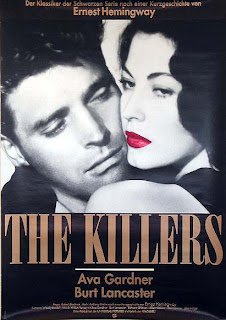National readership survey - The Grades
The classifications are based on the occupation of the head of the household
Effects models:
The hypodermic needle model - The intended message is directly received and wholly accepted by the receiver
Two-step flow - The people with most access to media, and highest media literacy explain and diffuse the content to others. This is a modern version of the hypodermic needle model.
Uses and gratifications - People are not helpless victims of mass media, but use the media to get specific gratifications (Diversion, personal relationships, personal identity, surveillance)
Reception theory - The meaning of a 'text' is not inherent within the text itself but the audience must elicit meaning based on their individual cultural background and life experiences
Obstinate audience theory - This theory assumes that there is a transactional communication between the audience and the media. The audience actively selects what messages to pay attention to. The Zimmerman-Bauer study found that the audience also participates in the communication by influencing the message
Reflective Comments:
After viewing the original national readership survey, I produced my own table on what our desired target audience for our film noir would be. This enabled me and my group to get a better idea of what to include within our OTS to correctly attract our audience.




























